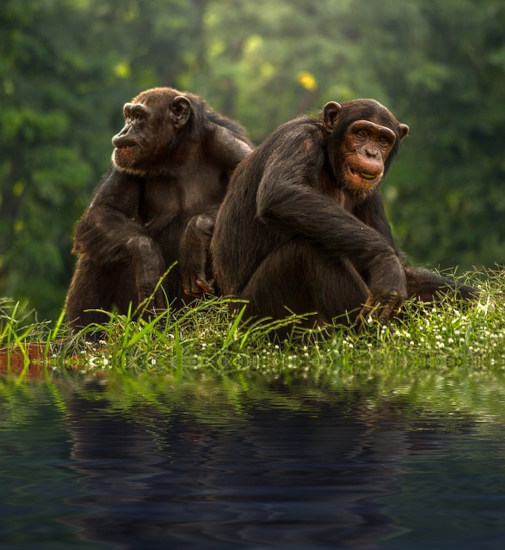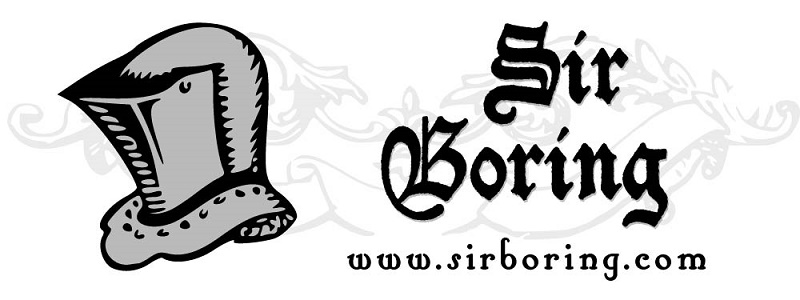Mammals are all the animals classified in class mammalia. Mammal bodies are typically covered in hair or fur, the majority of species give birth to live young, and the babies are nursed with milk that is produced by the mother’s mammary glands. There are just over 6 000 species of mammals living in the world today. The largest order of mammals is Rodentia which is made up of beavers, guinea pigs, hamsters, mice, rats, squirrels, prairie dogs, and porcupines.
Mammals can be seen everywhere on earth, including Antarctica. The mammals that can be seen in Antarctica include; the Southern Elephant Seal(Mirounga leonina), The Crabeater Seal(Lobodon carcinophaga), and the Ross Seal(Ommatophoca rossii). Mammals inhabit a wide variety of areas including; desert, forest, tundra, and marine habitat.

Mammals are warm blooded, have a four chambered heart, and a single-boned lower jaw which allows them to cut or chew food as carnivores or to grind down plant matter as herbivores do. The majority of mammals are born alive; they do not hatch from eggs like birds or reptiles. Mammals are sexually dimorphic this means the male and female differ in appearance; males are typically larger than females.

The Cervidae family, which consists of deer, is a family of mammals in which the males grow cranial appendages known as antlers. An adult male deer grows his antlers once a year so he can use them to fight other males for the right to mate with a female. Not long after the breeding season the male deer’s antlers will drop off, but will grow back by the next breeding season. However the Caribou(Rangifer tarandus)is the only species of deer in which the females can grow antlers as well; except they are smaller than the male’s, and if they ever break off they will not grow back. Many species in the Bovidae family(cow, goats, sheep, and antelope) grow horns, depending on the species both male and female Bovids can grow horns. The difference between antlers and horns is antlers are made of bone, horns are made of keratin(the same substance your fingernails and toenails are made of), these horns may continue to grow throughout the Bovid’s lifetime. The giraffe is another mammal that grows cranial appendages; The giraffe’s cranial appendages are known as ossicones.The American Pronghorn(Antilocapra americana) grows “antler-like” horns. The American Pronghorn is found in Western and Central North America, and is the only mammal classified in family Antilocapridae. The rhinoceros is another animal that grows horns. All five species of rhinoceros grow at least one horn on their noses. This horn is made of keratin.

There are marine mammals such as Pinnipeds that spend their lives in water, however sometimes they haulout on to dry land that is still near water. Pinnipeds include mammals such as seals, sea lions, and the Walrus(Odobenus rosmarus). Cetaceans are another group of marine mammals that spend their entire lifetime in water. Cetaceans include animals such as whales, and dolphins. Manatees and the Dugong are also marine mammals that spend their entire lifetime in water. Cetaceans, manatees, and the Dugong give birth under water. Pinnipeds haulout on to dry land to give birth.
Bats are an amazing group of mammals because they are the only mammals that are capable of true flight. There are about 1 400 species of these winged mammals on Earth. There are other mammals such as flying squirrels that can glide from tree to tree but they are not capable of true flight.
Some mammals grow tusks; tusks are continuously growing front teeth that protrude well beyond the mouth.
Mammals are classified into three types:
- Placentals. Most mammals are placentals. These are mammals that give birth to live young. In placental mammals the fetus is carried in the mother’s uterus to a relatively late stage of development. Placentals include humans, rhinos, whales, bats, elephants, dogs, cats, rodents, and many other mammal species.
- Marsupials. Marsupials give birth to live babies at a quite early stage of development. When the babies are born they have to crawl up the body of their mothers and into a specialized pouch. Then the babies can nurse from their mother’s mammary glands (and teats) which are located in the pouch The young will stay in the pouch for several weeks. The pouch gives protection to the babies while they grow. Marsupials include; kangaroos, opossums, wombats, Sugar Glider(Petaurus breviceps), and the Tasmanian Devil(Sarcophilus harrisii).
- Monotremes. Monotremes are the only mammals which lay eggs. However, female monotremes still nurse their young with milk once they are hatched. There are only five monotreme species currently: the Platypus(Ornithorhynchus anatinus) and four species of echidnas. Monotremes can be found only in Australia and New Guinea.
